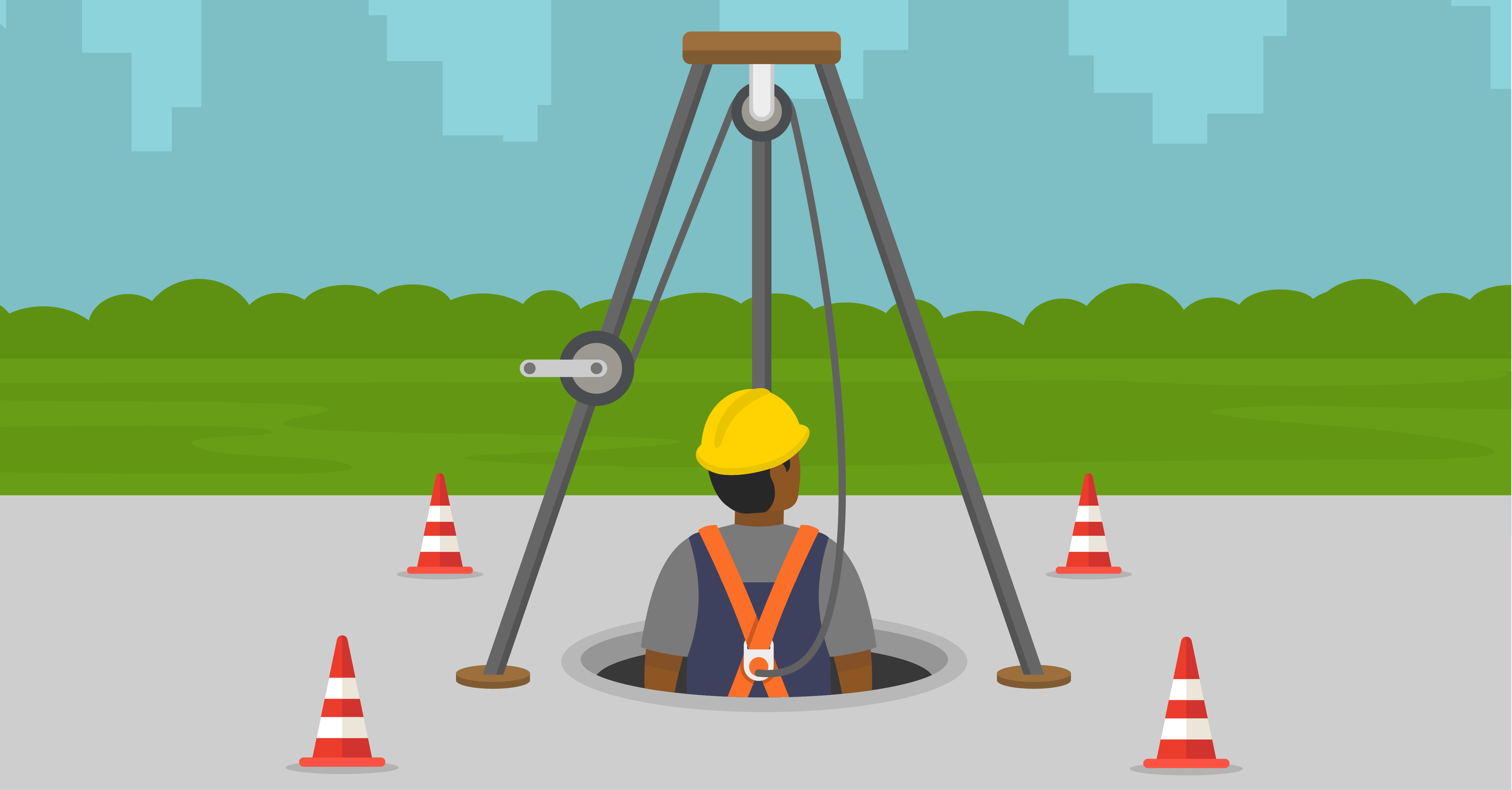OHS Research Needs to Focus on Why Incidents Don’t Happen
May 25, 2022

Traditional lines of questioning in occupational health and safety research may not always get to the heart of the matter when it comes to truly understanding what’s behind keeping workplaces safe.
Safety research and investigations typically focus on the dissection and analysis of incidents that occur, but not enough query may be examining why they don’t. Hazards are not things thrown into worksites, says Ron Gantt, a director and principal consultant for Reflect Consulting Group, a company that specializes in helping organizations improve their safety management.
“Hazards are unintended side effects of work,” he says. “If all we do is focus on the negative and are not understanding how it is all connected to everything else going on in a job site then we may inadvertently not be helping…we may be hurting.”
During a plenary session at the National Occupational Injury Research Symposium (NOIRS) earlier this month, Gantt asserted that safety research often doesn’t consider exactly what workplace safety is. Gantt wonders whether many researchers know the answer.
“We are much more interested in unsafety,” he says. “We look at accidents, we figure out what caused them and then create a whole program…to eliminate those causes. Then we assume what we are left with is safety.”
Because a workplace injury may not have occurred yet is not an indication of safety or a predictor of future safety, he contends, adding that an all-too-common belief in occupational health and safety is “we want nothing to happen, therefore we are safe.” Most of the time, injuries don’t happen, but organizations may not know why.
Gantt recalled a consulting engagement with a previous client who was concerned about the safety incidents that involved one working hour out of 12,000. He challenged his client to consider what was happening in the workplace during those other 11,999 hours.
“If all we do is understand failure, it doesn’t mean we understand success,” Gantt says. “I would take it a step further. If you just look at failure to understand failure, you misunderstand failure.
“My hypothesis, which I think is backed by a fair bit of research…is that the reason why we don’t have accidents most days is because people are adapting in real time to (workplace) challenges. People are rising to the occasion. But the problem is, we don’t know how.”
Gantt says work is extraordinarily complex thing and employees are constantly challenged to fill the gaps between “plans, processes and reality.” Workers actively and continually solve the problems of work.
“As people adapt to solve problems they come up with innovative and unique strategies to do so,” he says. But that knowledge isn’t always shared and leads to important questions, such as:
- Who is solving it and are they the right person to solve that problem?
- Are they the most appropriate/equipped people to solve it?
- How are they solving it? What strategies are people using to adapt to the changes happening in a workplace?
- What other ways are there to solve it?
- What are the conditions that make their strategy succeed or fail?
Gantt and other plenary session speakers agreed research is vital in efforts to propel safety improvement forward and to understand, “what’s next, where to go and what’s working.”
Lorraine Martin, president and CEO of the National Safety Council (NSC), says research will be vital in developing the multiple solutions and advancements needed for improvement. Safety is not a static concept, she says, noting that research is essential to “recognizing safer ways of doing things.”
Martin also says technology will play an important part in safety’s future and that building a culture of safety through safety technology will be an important trend. She highlighted the NSC’s Work to Zero initiative focuses on eliminating workplace fatalities by using technology for:
- Sensors on helmet, goggles and wearables that give workers detailed information about their surroundings, real-time biometric data
- To detect substance-related impairment or blood alcohol or other things having to do with stress or anxiety
- Sensors that detect toxins in the air or when natural disasters are imminent.
For further information about using technology to track injury and illness trends, manage safety performance and report near misses that could escalate into injury-causing incidents, discover how health and safety management software can help you drive EHS performance, reduce risk and streamline compliance





